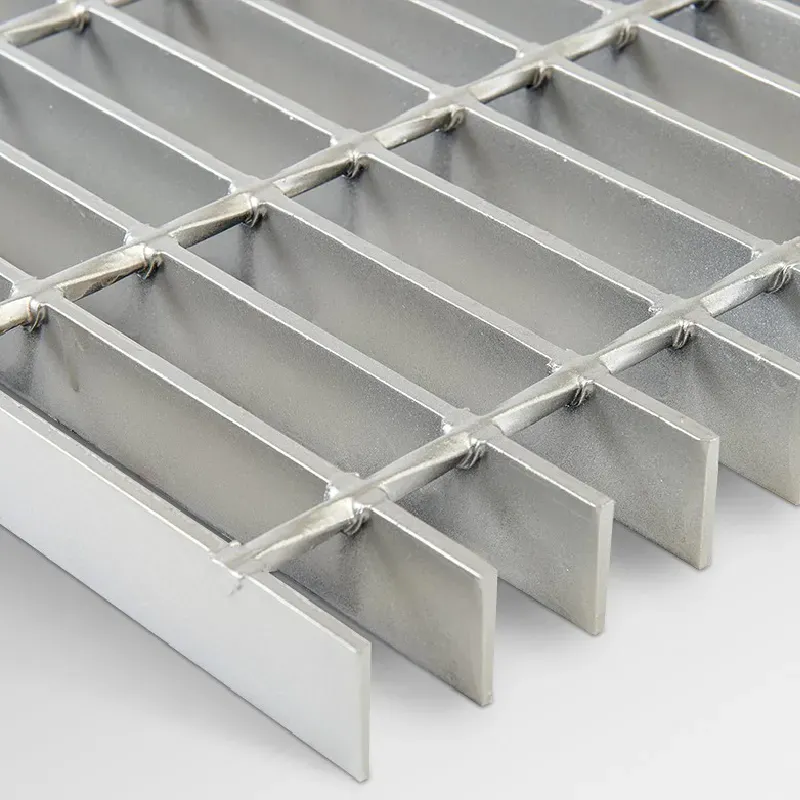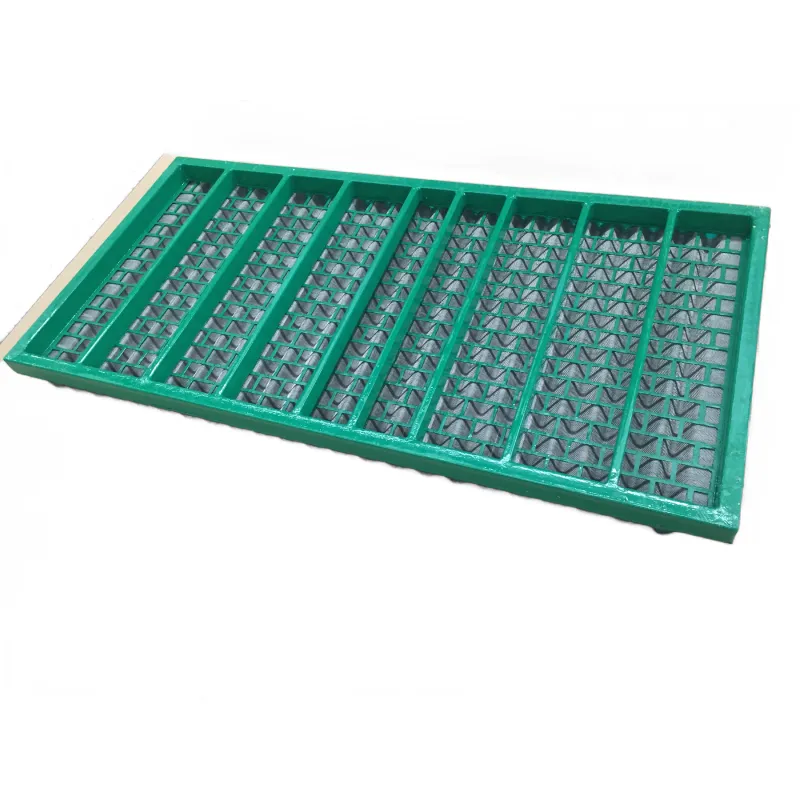- Industrial zone, South of Anping Town, Hengshui, Hebei, China.
- sales@hfpetromesh.com
- +86-18931809706
 Afrikaans
Afrikaans  Albanian
Albanian  Amharic
Amharic  Arabic
Arabic  Armenian
Armenian  Azerbaijani
Azerbaijani  Basque
Basque  Belarusian
Belarusian  Bengali
Bengali  Bosnian
Bosnian  Bulgarian
Bulgarian  Catalan
Catalan  Cebuano
Cebuano  Corsican
Corsican  Croatian
Croatian  Czech
Czech  Danish
Danish  Dutch
Dutch  English
English  Esperanto
Esperanto  Estonian
Estonian  Finnish
Finnish  French
French  Frisian
Frisian  Galician
Galician  Georgian
Georgian  German
German  Greek
Greek  Gujarati
Gujarati  Haitian Creole
Haitian Creole  hausa
hausa  hawaiian
hawaiian  Hebrew
Hebrew  Hindi
Hindi  Miao
Miao  Hungarian
Hungarian  Icelandic
Icelandic  igbo
igbo  Indonesian
Indonesian  irish
irish  Italian
Italian  Japanese
Japanese  Javanese
Javanese  Kannada
Kannada  kazakh
kazakh  Khmer
Khmer  Rwandese
Rwandese  Korean
Korean  Kurdish
Kurdish  Kyrgyz
Kyrgyz  Lao
Lao  Latin
Latin  Latvian
Latvian  Lithuanian
Lithuanian  Luxembourgish
Luxembourgish  Macedonian
Macedonian  Malgashi
Malgashi  Malay
Malay  Malayalam
Malayalam  Maltese
Maltese  Maori
Maori  Marathi
Marathi  Mongolian
Mongolian  Myanmar
Myanmar  Nepali
Nepali  Norwegian
Norwegian  Norwegian
Norwegian  Occitan
Occitan  Pashto
Pashto  Persian
Persian  Polish
Polish  Portuguese
Portuguese  Punjabi
Punjabi  Romanian
Romanian  Russian
Russian  Samoan
Samoan  Scottish Gaelic
Scottish Gaelic  Serbian
Serbian  Sesotho
Sesotho  Shona
Shona  Sindhi
Sindhi  Sinhala
Sinhala  Slovak
Slovak  Slovenian
Slovenian  Somali
Somali  Spanish
Spanish  Sundanese
Sundanese  Swahili
Swahili  Swedish
Swedish  Tagalog
Tagalog  Tajik
Tajik  Tamil
Tamil  Tatar
Tatar  Telugu
Telugu  Thai
Thai  Turkish
Turkish  Turkmen
Turkmen  Ukrainian
Ukrainian  Urdu
Urdu  Uighur
Uighur  Uzbek
Uzbek  Vietnamese
Vietnamese  Welsh
Welsh  Bantu
Bantu  Yiddish
Yiddish  Yoruba
Yoruba  Zulu
Zulu
- Afrikaans
- Albanian
- Amharic
- Arabic
- Armenian
- Azerbaijani
- Basque
- Belarusian
- Bengali
- Bosnian
- Bulgarian
- Catalan
- Cebuano
- Corsican
- Croatian
- Czech
- Danish
- Dutch
- English
- Esperanto
- Estonian
- Finnish
- French
- Frisian
- Galician
- Georgian
- German
- Greek
- Gujarati
- Haitian Creole
- hausa
- hawaiian
- Hebrew
- Hindi
- Miao
- Hungarian
- Icelandic
- igbo
- Indonesian
- irish
- Italian
- Japanese
- Javanese
- Kannada
- kazakh
- Khmer
- Rwandese
- Korean
- Kurdish
- Kyrgyz
- Lao
- Latin
- Latvian
- Lithuanian
- Luxembourgish
- Macedonian
- Malgashi
- Malay
- Malayalam
- Maltese
- Maori
- Marathi
- Mongolian
- Myanmar
- Nepali
- Norwegian
- Norwegian
- Occitan
- Pashto
- Persian
- Polish
- Portuguese
- Punjabi
- Romanian
- Russian
- Samoan
- Scottish Gaelic
- Serbian
- Sesotho
- Shona
- Sindhi
- Sinhala
- Slovak
- Slovenian
- Somali
- Spanish
- Sundanese
- Swahili
- Swedish
- Tagalog
- Tajik
- Tamil
- Tatar
- Telugu
- Thai
- Turkish
- Turkmen
- Ukrainian
- Urdu
- Uighur
- Uzbek
- Vietnamese
- Welsh
- Bantu
- Yiddish
- Yoruba
- Zulu
Peb . 14, 2025 17:29
Back to list
heavy-duty welded bar grating
Understanding the weight of bar grating per square foot is crucial in ensuring the proper selection and application in various industries. Bar grating, a versatile material used for creating flooring, platforms, and stairs, requires precision in its application due to the structural impacts that weight can have. The calculated weight of the grating directly influences the overall design, cost, and functionality of industrial and architectural projects.
Expertise in this field extends beyond merely selecting materials and calculating weights. It requires an intimate understanding of the environmental conditions the grating will face. Engineers must consider factors such as weather exposure, chemical exposure, and the potential for wear and tear over time. Understanding these elements ensures that the chosen bar grating will not only bear the required load but will endure the test of time, which speaks directly to the grating's lifespan and long-term value. Authoritativeness in the bar grating market is often dictated by manufacturers and suppliers with a proven track record of quality and reliability. Trusting in a reputable provider ensures the materials meet stringent industry standards for weight measurement and structural integrity. These companies offer detailed specifications and guidelines that aid in the selection process, ensuring all technical requirements are met. Trustworthiness is perhaps the most crucial factor consumers consider when selecting bar grating. Every application demands a high level of confidence in the product’s performance. As such, establishing trust involves not only meeting but often exceeding industry standards and customer expectations. Demonstrating successful past installations and offering warranties or guarantees can greatly enhance credibility and customer trust. In summary, the weight of bar grating per square foot is an essential consideration that affects the overall effectiveness, safety, and longevity of an application. By leveraging experience and expertise, one can ensure that the selection of bar grating is both appropriate and reliable, adhering to the core principles of authoritativeness and trustworthiness. Whether for industrial or architectural applications, selecting the right type of bar grating with the correct weight ensures a harmonious balance between functionality and safety, protecting both the investment and the people who rely on these critical structural elements.


Expertise in this field extends beyond merely selecting materials and calculating weights. It requires an intimate understanding of the environmental conditions the grating will face. Engineers must consider factors such as weather exposure, chemical exposure, and the potential for wear and tear over time. Understanding these elements ensures that the chosen bar grating will not only bear the required load but will endure the test of time, which speaks directly to the grating's lifespan and long-term value. Authoritativeness in the bar grating market is often dictated by manufacturers and suppliers with a proven track record of quality and reliability. Trusting in a reputable provider ensures the materials meet stringent industry standards for weight measurement and structural integrity. These companies offer detailed specifications and guidelines that aid in the selection process, ensuring all technical requirements are met. Trustworthiness is perhaps the most crucial factor consumers consider when selecting bar grating. Every application demands a high level of confidence in the product’s performance. As such, establishing trust involves not only meeting but often exceeding industry standards and customer expectations. Demonstrating successful past installations and offering warranties or guarantees can greatly enhance credibility and customer trust. In summary, the weight of bar grating per square foot is an essential consideration that affects the overall effectiveness, safety, and longevity of an application. By leveraging experience and expertise, one can ensure that the selection of bar grating is both appropriate and reliable, adhering to the core principles of authoritativeness and trustworthiness. Whether for industrial or architectural applications, selecting the right type of bar grating with the correct weight ensures a harmonious balance between functionality and safety, protecting both the investment and the people who rely on these critical structural elements.
Share
Latest news
-
Welded Steel Bar Grating: The Rugged Industrial Flooring Solution Built for Load and LongevityNewsJun.24,2025
-
Steel Walkway Grating: Reliable, Resilient, and Built for Every StepNewsJun.24,2025
-
Shale Shaker Screen for Sale: Optimize Drilling Efficiency with Precision Screening PowerNewsJun.24,2025
-
Shaker Screen for Sale: Elevate Your Drilling Efficiency with Durable Separation SolutionsNewsJun.24,2025
-
Press Locked Steel Grating: Industrial Strength with Precision Fit for Heavy-Duty ApplicationsNewsJun.24,2025
-
Perimeter Safety Netting: The Critical Safety Upgrade for Every HelipadNewsJun.24,2025